#Traditional Villages
Explore tagged Tumblr posts
Text
Traditional Villages in Bali: Discovering the Authentic Side of the Island Paradise
Bali, often celebrated for its vibrant nightlife, sandy beaches, and rich cultural tapestry, is undoubtedly a gem in Southeast Asia's tourism crown. However, beyond the bustling streets of Kuta and the trendy beach clubs of Seminyak lies another facet of this enchanting island – traditional villages in Bali. Nestled amidst lush greenery and rice terraces, these villages offer visitors a glimpse into Bali's authentic heritage, where time seems to stand still amid a backdrop of ancient traditions and customs. You all learn about the unique culture of Bali while touring the island's villages.
Preserving Cultural Heritage

In a world that's rapidly modernizing, Bali's traditional villages serve as guardians of the island's cultural legacy. Here, centuries-old rituals and ceremonies are still observed with utmost reverence, providing a stark contrast to the fast-paced lifestyle prevalent in urban areas. One such village is Tenganan, located in the Karangasem regency. Tenganan is famous for its unique weaving technique called "double ikat," where intricate patterns are handwoven into traditional textiles known as "gringsing." Visitors to Tenganan can witness skilled artisans at work, carrying on a tradition passed down through generations.
Embracing Community Spirit
What sets Bali's traditional villages apart is their strong sense of community. Life here revolves around the banjar, a local council that oversees communal affairs and ensures the well-being of its residents. Visitors are often welcomed with open arms, invited to partake in village activities and ceremonies. In Penglipuran, a village renowned for its pristine cleanliness and orderly layout, guests can immerse themselves in Balinese hospitality by joining in traditional dance performances or sampling local delicacies prepared by village women.
Living in Harmony with Nature

While modernization has brought undeniable progress to Bali, traditional villages remain steadfast in their commitment to preserving the island's natural beauty. In Ubud's outlying areas, such as the village of Tegallalang, terraced rice fields cascade down the hillsides, painting a picture of agrarian tranquility. Here, farmers still practice age-old techniques of rice cultivation, relying on manual labor and ancient irrigation systems to coax a bountiful harvest from the land. Visitors can wander through the rice paddies, marveling at the ingenuity of Balinese farmers and gaining a newfound appreciation for sustainable living.
Rediscovering Spiritual Roots
At the heart of Bali's traditional villages lies a deep spiritual connection to the land and its guardian deities. Temples, or "pura," dot the landscape, serving as focal points for religious devotion and community gatherings. One such temple is Pura Besakih, located on the slopes of Mount Agung, Bali's highest peak. As the island's largest and holiest temple complex, Pura Besakih attracts pilgrims from far and wide who come to pay homage to the gods and seek blessings for prosperity and protection.
Conclusion

In a world that's increasingly homogenized by globalization, Bali's traditional villages offer a refreshing escape into a bygone era. Here, amidst the tranquil beauty of nature and the warmth of community spirit, visitors can reconnect with the essence of Balinese culture and gain a deeper understanding of what makes this island paradise truly special. Whether it's witnessing age-old rituals, partaking in communal festivities, or simply basking in the serenity of rural life, a journey to Bali's traditional villages promises an enriching experience that transcends the confines of time and space. So, the next time you find yourself in Bali, venture off the beaten path and discover the other side of this enchanting island – where tradition meets modernity in perfect harmony.
0 notes
Text
Cyprus and Me!
I told you I lived and worked in #Cyprus for 12 years, up to April 2016, didn't I?
And, these #traditional #cypriot #villages are so #picturesque, it's hard to believe we still haven't returned since we came back to UK - 7 years ago.
We're planning to - but it may not be next year, depending on how and when we get our #italy #traveltrip all sorted out....
Meanwhile, take a peep here to see what you may have been missing! Reposted from Twitter - an account I follow there.

#travel#travel destinations#travel photography#travel blog#cyprus#cypriotstyle#architecture#traditional villages
0 notes
Text
You’ll find yourself amazed at the extensive and diverse array of things to do in Corfu, Greece. One of the more popular Greek islands to visit, Corfu welcomes any visitor with open arms and promises a unique and memorable experience.From stunning beaches, traditional villages, hidden secret coves, and tiny sea caves, this proud member of the Ionian islands provides the most idyllic setting for your vacation.
1 note
·
View note
Text
#Rann of Kutch#Rann Utsav#White Rann#wildlife enthusiasts#Night Camping#Star Gazing#White Desert#Hot Air Balloon Ride#Visit Kala Dungar#Wildlife Safari#Traditional Villages#Camel Safari#Local Cuisine#Kutchi Dabeli#Rann Utsav Tent City
0 notes
Text

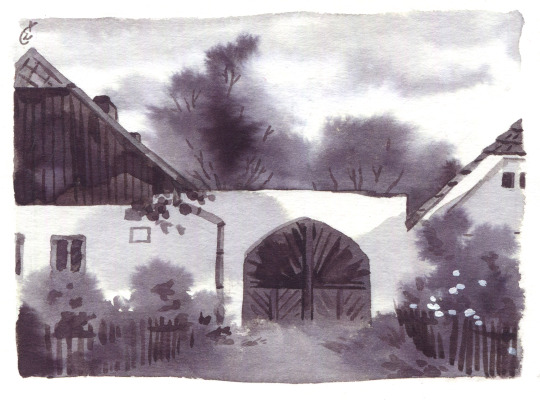
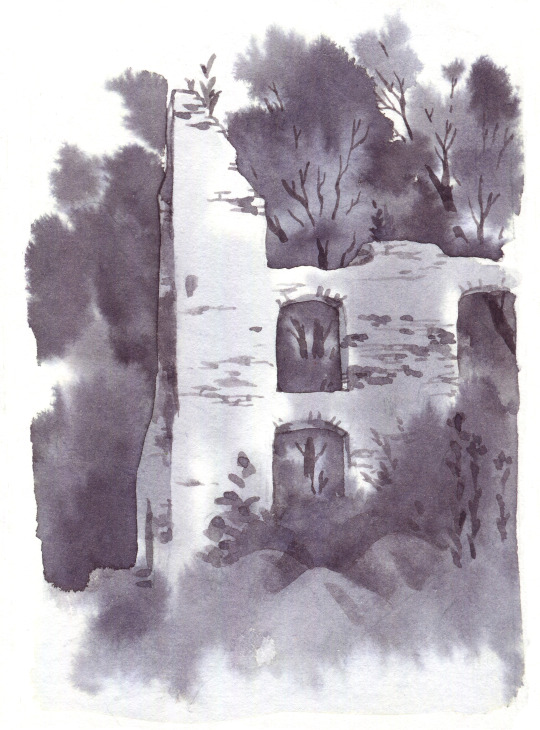
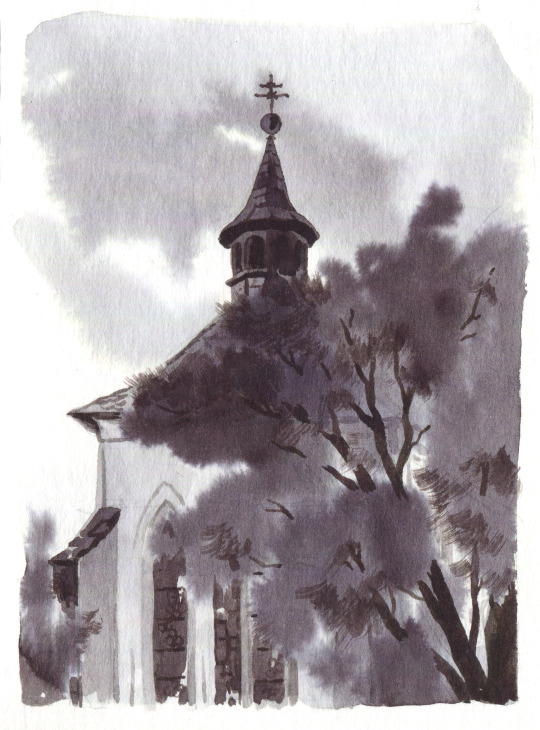


A few little things from plein-air at my friend @krulbert 's place 🏰✨
1K notes
·
View notes
Text
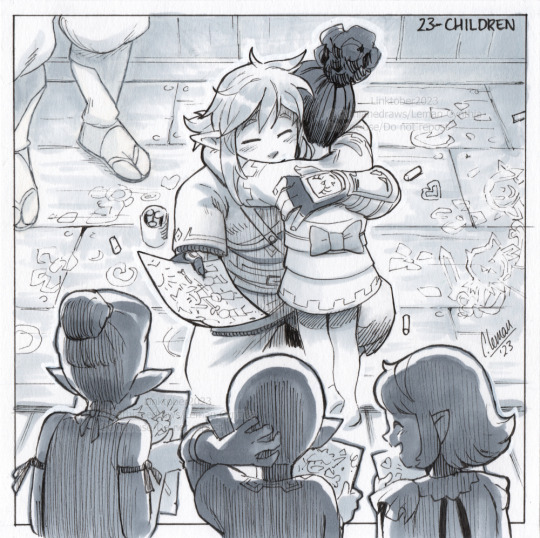
Link(totk)ber 23 : Children
#linktober#linktober2023#inktober#the legend of zelda#the legend of zelda tears of the kingdom#tears of the kingdom#loz#totk#link#hateno children#hateno village#traditional art#traditional drawing#fanart#my art
5K notes
·
View notes
Text

SIN EATER
#SONG THAT IS SO MALEVOLENT CODED 🗣️🗣️🗣️#SONG THAT IS SO FAROEVERSE CODED 🗣️🗣️🗣️#BEFORE I WAS A WOMAN I WAS CRAZY FIRST#TAKES A VILLAGE OF MONSTERS TO FEED MEEE#LOSING MY BRAIN ACK#artists on tumblr#traditional art#malevolent#malevolent fanart#malevolent podcast#faroe lester#faroe malevolent#Jane doe#jane doe malevolent#faroeverse
1K notes
·
View notes
Text
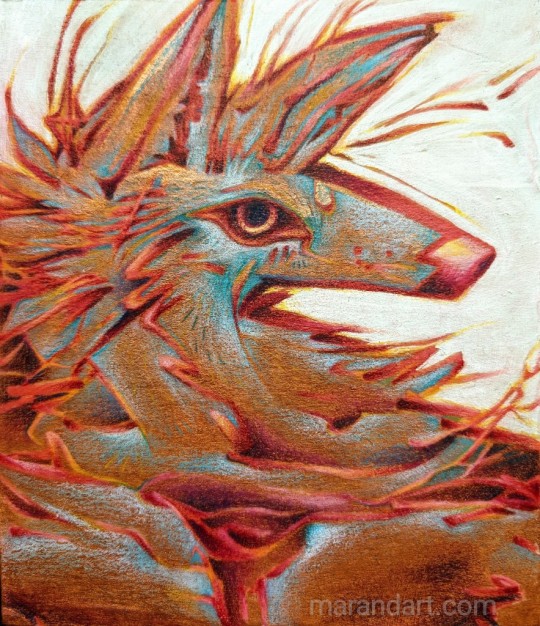
(sorry for that video preview lol)
"Sensitive and Strong"
Paint pen, acrylic, and colored pencil on paper mounted on scrap wood
I'm really excited by this technique, I can't wait to make more like it.
Prints!
#art#traditional art#animal art#coyote#painting#acrylic#mixed media#primitive wiggles#naive art#anthropomorphic#colored pencil#pencil crayons#werewolf#global village coffeehouse
3K notes
·
View notes
Text

Karl Heisenberg, 10.2024
Posting this for the last time. If this doesn't show up in tags I give up. Reblog, if you're so kind 🩷
#karl heisenberg#resident evil#resident evil village#resident evil 8#re8#re8 village#artists on tumblr#art#traditional art
345 notes
·
View notes
Text
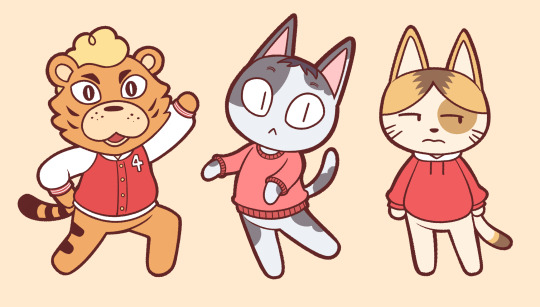
Animals when they cross or whatever
#it's become a tradition for me to draw all of my hyperfixations as animal crossing villagers#usually i have to assign the characters animals but this made it easy for me#I thought about doing the whole team but it'd just be a bunch of cats and idk how interesting of a line up that'd be#if people are interested maybe I'll do it anyways#kozume kenma#yamamoto taketora#fukunaga shouhei#nekoma second years#haikyuu#haikyuu!!#haikyuu fanart#hq#hq fanart#my art
264 notes
·
View notes
Text

The timeless Cotswold village of Snowshill in Gloucestershire, UK
#Snowshill#Gloucestershire#The Cotswolds#English villages#English countryside#stone walls#village green#stone cottages#mellow stone#timeless#tradition#quaint#UK#Let it be
178 notes
·
View notes
Text

Embark on a Journey Through Time: Explore Bali's 12 Traditional Villages
Escape the hustle and bustle of modern life and delve into the heart of Bali's cultural tapestry. Embark on a journey through time as you wander through 12 traditional villages in Bali, each offering a glimpse into the island's rich heritage and time-honored customs.
0 notes
Text


Valle, Norway 1880/90
#valle#setesdal#norway#1880s#1890s#europe#history#vintage#photography#architecture#people#19th century#places#village#landscape#mountains#norge#housing#nature#traditional clothing
196 notes
·
View notes
Text

#keiikokun#artists on tumblr#sketch#traditional art#resident evil#resident evil 8#donna beneviento#re8 village#re8 donna
88 notes
·
View notes
Text

A witch of the Naig-Troibadnnas (Yellowtail river valley) people, resting and enjoying a smoke of the mild stimulant brolge leaf on a hot summer day.
Witches are a small part of the everyday cultural framework among the Hill Tribes. They are individuals considered born possessed by a virgranul, a type of disembodied wild spirit that seeks to inhabit human flesh, either entering the body at the moment of conception, or entering the body at the moment of death. The latter is a dire circumstance that requires significant intercession to fix (the dead body may wander off without rites, leaving the person's soul trapped and liable to warp into the dangerous fuldaigh spirit), while the former circumstance is what causes a person to be born a witch.
In the case of those afflicted in the womb, possession by virgranul is lifelong, and is both a curse and blessing- it divides and isolates them from the human world and causes other wild spirits (both benevolent and malicious) to be perpetually drawn to them, but also allows for them to be attuned to the subtleties of spirits, and able to work magic and divination that the everyday person is incapable of.
Witches are usually recognized from a young age due to marked behavioral differences or atypical development, though are sometimes simply identified as such without obvious behavioral indications, by other witches having read signs of their coming. Their occurrence is not frequent, usually once in a generation for any given tribe. An identified witch child will be taken from their family (the timing varies by tradition, though is usually upon puberty) and into mentorship by an established witch, who will impart their accumulated knowledge and skill and teach the child how to best harness their condition.
One can be a witch regardless of their gender, with the only commonality being that they must remain unmarried, and are expected to never have children (deemed too dangerous, unavoidably placing a child in the path of potentially harmful wild spirits). With no spouses or children to support them in holding a household and herds, witches are instead supported by their communities as means of payment for their services. They typically live in semi-isolation in the boundaries between the village and wilderness (a reflection of their own division between the world of people and of wild spirits, and a protective measure for their communities), and will periodically be brought needed supplies. They do not commonly enter villages unless summoned, or for the sake of certain holidays and festivals, and live most of their lives in seclusion aside from any given mentee (who will in turn care for their mentor in old age).
The societal function of witches is as intermediaries between people and their ancestors, people and wild spirits, and as especially skilled performers of practical magic (most commonly weaving protective spells into worn items, such as clothing or the nose rings of cattle). Forms of practical magic and intercession with ancestors and spirits are performed by all members of society, but a witch has intimate, detailed knowledge of such things and tremendous natural skill that makes them an invaluable asset.
Witches personally discern the identities of the spirits living in any given area and will attempt to familiarize themselves with them, learning in depth about their ways, giving warnings of where the particularly dangerous (or mischievous) ones are, and giving recommendations on which will be receptive to offerings in return for boons. When a village needs to commune with a particularly powerful or dangerous spirit (such as a wildfolk witch), they will commonly send their own witch as an intermediary.
They are ascribed have the ability to directly summon ancestors (who otherwise come and go of their own volition, and rarely ever deign to come at the call of one who is not their descendant). This is of great use when a person finds themselves punished by their ancestors with no certainty as to why, or cases where an orphaned child's ancestry must be identified to gain them proper spiritual support.
They are also regarded as having innate qualities of divination, particularly in reading birdsign (itself generally acknowledged as communication from ancestors, and occasionally gods). The average person has basic knowledge in reading omens of birds and a learned repertoire of key signs, but a witch can divine the messages of birdsign in immense and specific detail, through a vast knowledge system of the meanings of the species, sex, flight direction, gaze, prey, number, and songs of birds. It is common for people to approach a witch for a reading of the skies before undertaking a significant venture or life change, in order to receive detailed and specific advice.
Witches are always literate (and will be taught to read and write by their mentor if they cannot already) and will record their repositories of knowledge in tomes. These are items of absolute secrecy and taboo for a non-witch to touch (the consequences can be severe, you really don't want a witch ancestor-spirit upset with you). Witches can often become competitive about the knowledge stored in these tomes and are known to organize heists amongst themselves in order to gain access to each other's secrets. Most people avoid getting themselves entangled into the complicated rivalries of witches, as these competitions can get ugly and result in many a petty curse if one gains a witch's ire.
---
The only visual cue distinguishing this man as a witch is the tattoos on his forearms, otherwise usually regarded as inappropriate to mark in the contemporary Hill Tribes cultural sphere (the face, upper arms, and sternum is reserved for important clan/tribe/ancestry identification, hands and forearms are reserved for witches, and the rest of the body is appropriate for decoration). These unique forearm tattoos indicate his ancestral connection with a lineage of witches, not blood ancestry but rather the generations of mentors that have produced him. The lines extending down to his fingers are the newest, indicating that he has fully mentored another witch and gained a place in this ancestral line.
The rest of the tattoos here are tribe and blood ancestry identifiers (on the face and upper arms respectively, worn by all members of society), and purely decorative imagery (visible here is a deer, horse, eagle, and a dragon). He also has a snake on his forearm, applied decades ago in an act of youthful rebellion, which has since gotten in the way of critical open skin space.
His clothing is otherwise typical wear for warm seasonal conditions- a man's wool shawl and woven belt, short trousers, decorative deer hide (distinct to the Naig-Troibadnnas), and sandals (these are imported Wardi style sandals, which have been modified with preferred elevated heels). The horn shaped torc on his forearm identifies him as an esteemed elder.
#I think I mentioned the witch tradition by implication in a couple posts but it hasn't come up directly#Witches here are very frequently going to be autistic or having other developmental disorders- with non neurotypical development#and behavior (though without marked intellectual disability) being seen as the impact of possession by virganul.#There's a parallel tradition of witches among the contemporary Finns (distant sibling cultural group to the Hill Tribes) but of MUCH#more core societal significance in which witch-kings are the central figures of power.#Both developed out of common ancestral traditions which diminished in centrality in the Highlands (witches going from clan#leaders to 'guy living on the outskirts of your village who you go to for magical assistance') and increased in centrality in Finns#(witches going from clan leaders to kings with magical powers granted by the gods)#You see a version of the historical predecessor for witches in the drawing of Kulyos and Bernike wrt his forearm tattoos#The proto-Hill Tribes would have regarded their chieftains as a type of witch and the tradition of marking the forearms would#have originally been exclusive to said chieftains. The societal centrality of witches has been lost but they retain traditions of#markings that would have originally identified them as leaders.#(That drawing is also a imaginative though and not just for the bird woman. He's wearing contemporary dress.)#hill tribes#\
232 notes
·
View notes
Text
Some Lady Dimitrescu doodles


Finally doing more traditional work
#my art#sketches#lady dimitrescu fanart#lady dimitrescu x female reader#lady dimitrescu#resident evil alcina#resident evil fanart#resident evil village#resident evil#alcina dimitriscu x reader#alcina demitriscu#re8 alcina#re8 lady dimitrescu#fanart#traditional art#sketcbook
222 notes
·
View notes